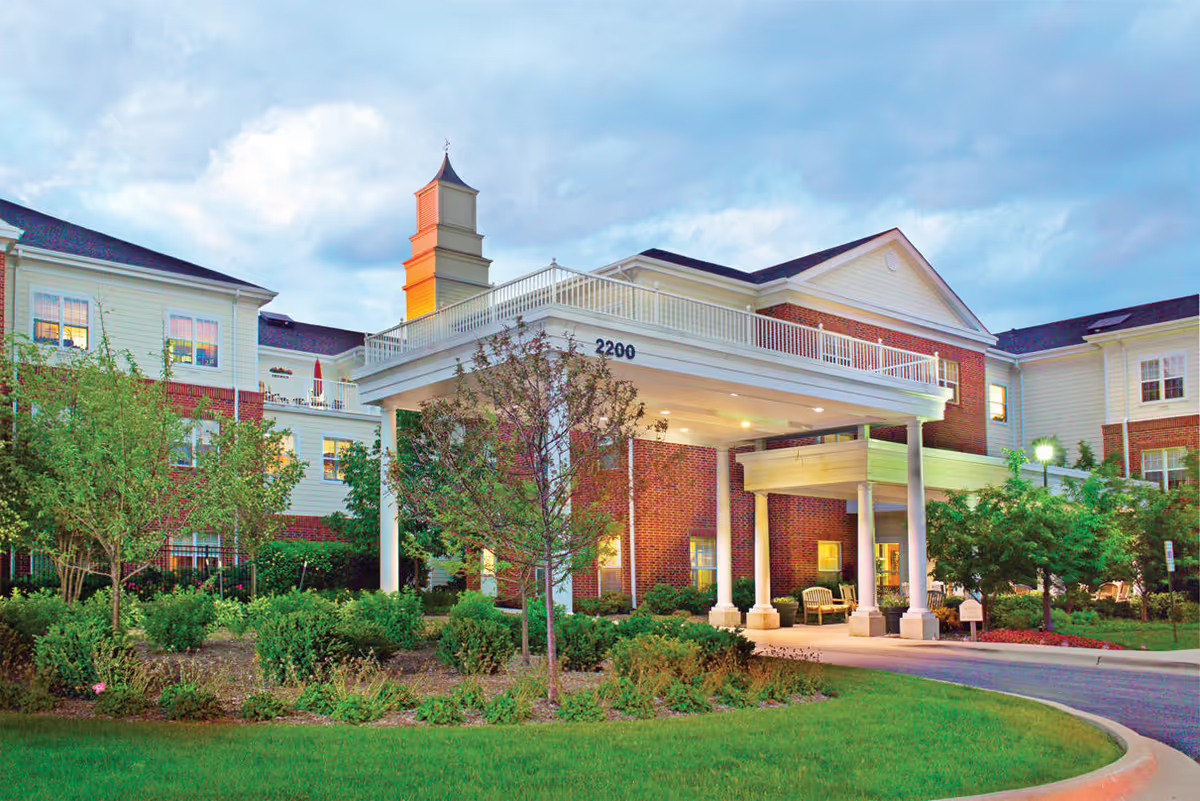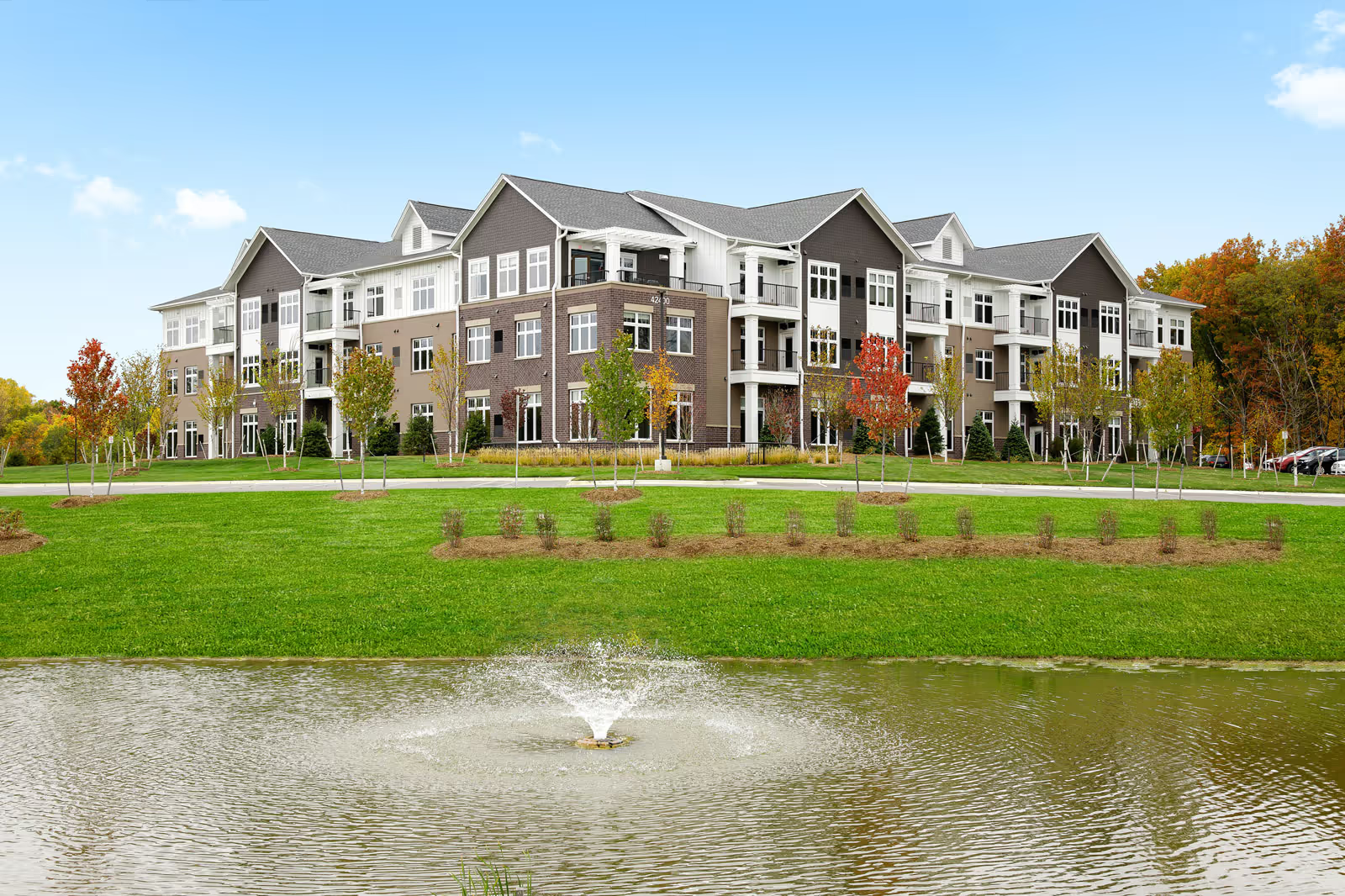Overall sentiment: The reviews present a largely positive portrait of Harvest Home Assisted Living with a consistent emphasis on strong caregiver-resident relationships, a close-knit atmosphere, and a generally supportive workplace for many employees. Many summaries highlight an ideal staff-to-resident ratio, residents being treated as people rather than numbers, and an environment where residents appear joyful, engaged, and uplifted. At the same time there is a clear, recurring counterpoint: several reviews report serious problems with management or ownership, describing a toxic, hostile environment and threats to job security. The result is a mixed but principally favorable view of day-to-day care and community life, tempered by concerns about leadership stability and workplace consistency.
Care quality and resident experience: Multiple reviewers emphasize that residents are well-cared-for and treated with dignity. Phrases such as residents being treated as individuals, joyful residents, laughter, and mood uplift recur. The small facility size is repeatedly framed positively — residents and staff often describe a family environment where people know each other, staff are friendly and caring, and residents feel at home. Activity involvement is mentioned, suggesting that residents have opportunities to participate in programs and social interaction. There is little direct comment about clinical care metrics or medical services in the summaries provided, but the strong emotional and social indicators (happy/blessed/precious residents, feeling like family) point to a high level of person-centered attention.
Staff, workplace culture, and employment features: Many summaries portray Harvest Home as an excellent place to work: supportive workplace, best place I have ever worked, wonderful place to work, and strong job satisfaction. Practical employment benefits are noted, including flexible scheduling, accommodations for students, youth apprenticeships, and competitive pay. Reviewers also call out good communication and attentive administration. These comments suggest that, for a substantial number of employees, management and scheduling practices are accommodating and morale is high. However, this positive picture is not unanimous.
Management, ownership, and conflict patterns: A prominent and important pattern is the polarized view of management and ownership. While some reviewers praise the administration as caring and well-managed, others explicitly describe toxic management, threats of firing, hostile work environments, and negative characterizations of owners. These are serious concerns because they speak to workplace safety, staff retention, and continuity of care. The contradiction indicates inconsistent experiences across staff or over time — some employees encounter supportive leadership while others experience adversarial interactions or instability. Prospective employees should probe management style and job security during interviews; prospective families should ask about staff turnover and management stability when assessing long-term continuity of care.
Facilities, logistics, and ancillary details: The facility is described as safe, warm, and inviting, reinforcing the family-like impression. One minor but positive logistical note appears about the parking lot being ‘‘amazing,’’ implying accessible parking. There is limited specific feedback about dining, medical infrastructure, or physical amenities beyond the general warmth and inviting nature of the environment; similarly, no explicit complaints about cleanliness, safety incidents, or resident health outcomes appear in these summaries. The small size is largely portrayed as an asset for personalized care, though it may also imply fewer onsite resources compared with larger communities.
Notable patterns and recommendations: The strongest and most consistent positives are person-centered care, close-knit community feel, flexible scheduling and training opportunities for staff, and a generally warm environment for residents. The most significant and recurring negatives are related to management/ownership and job security, creating a split in staff experiences. Because of this polarity, decision-makers should investigate current leadership practices and staff turnover trends: ask for references from current employees (especially nurse leads), inquire about turnover rates and grievance processes, and ask how scheduling and apprenticeships are currently implemented. For families, asking about examples of resident engagement, opportunities for family involvement, and continuity of caregivers will clarify whether the positive resident experience described is consistent and sustainable.
Summary conclusion: Harvest Home Assisted Living appears to offer a highly personable, family-oriented environment with strong caregiving relationships, meaningful activities, and employee-friendly scheduling/training for many staff. However, the existence of repeated, serious accusations about toxic management and job insecurity suggests variability in leadership experience that could affect staff morale and continuity. Overall, the reviews point to an attractive, small-scale assisted living option that warrants a careful, targeted follow-up on management stability and employee relations before making employment or placement decisions.







